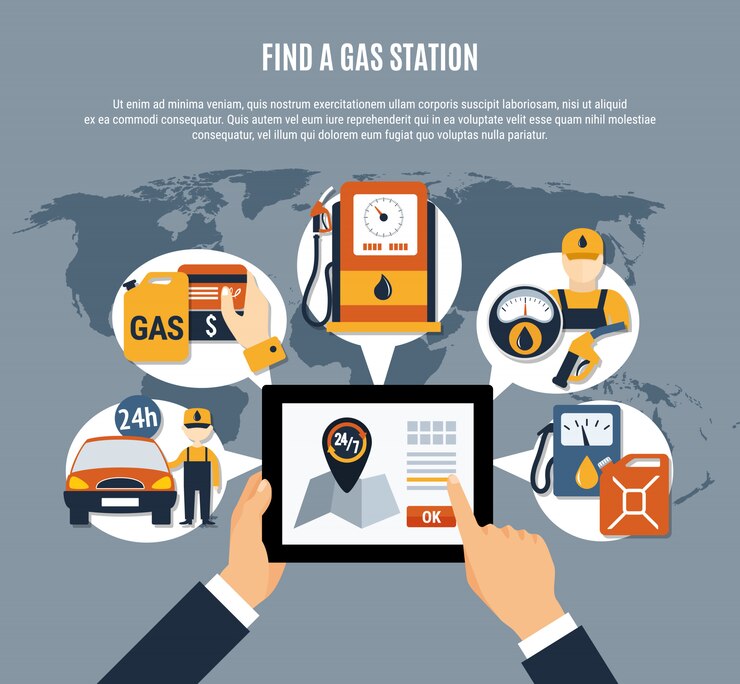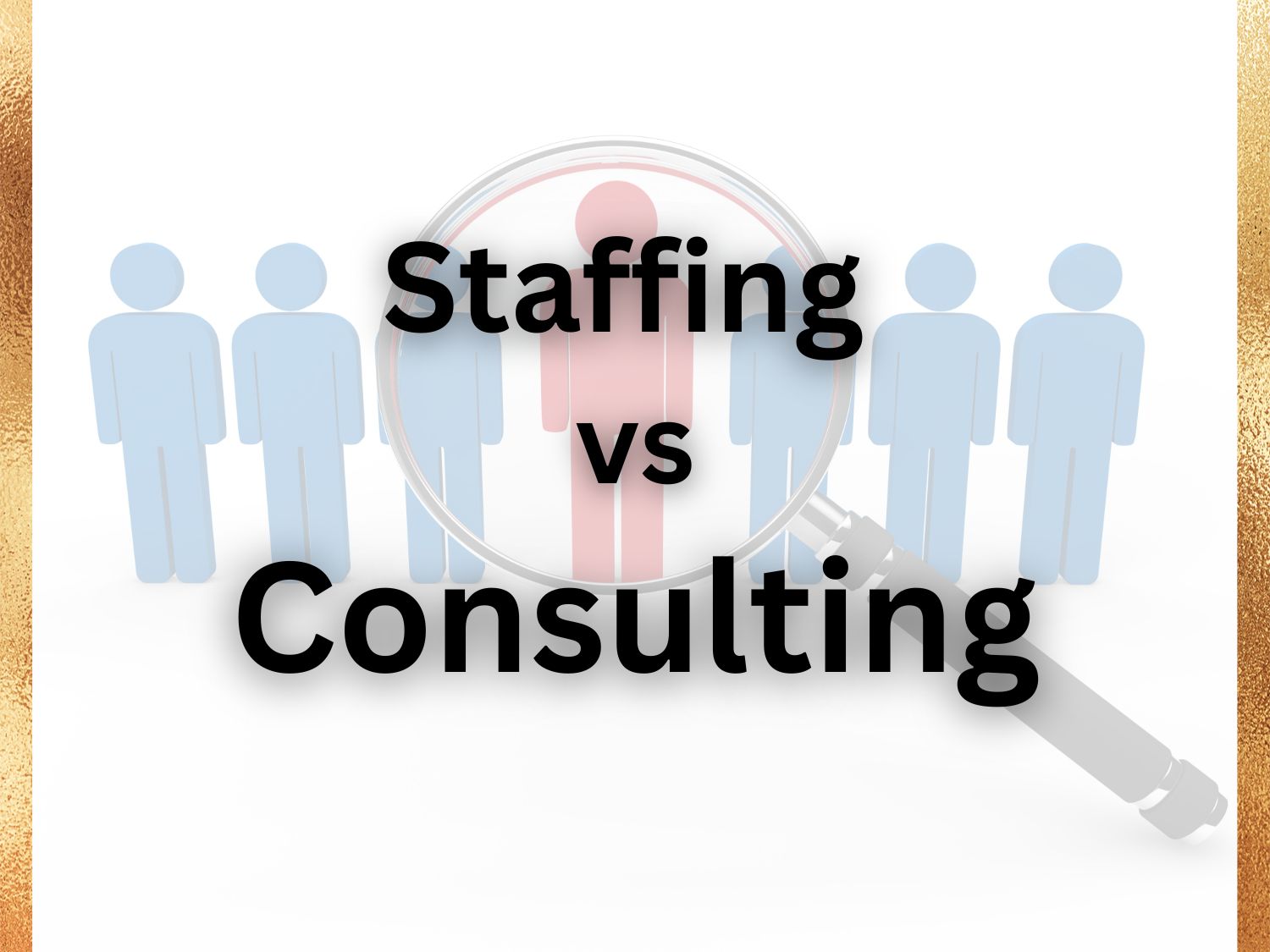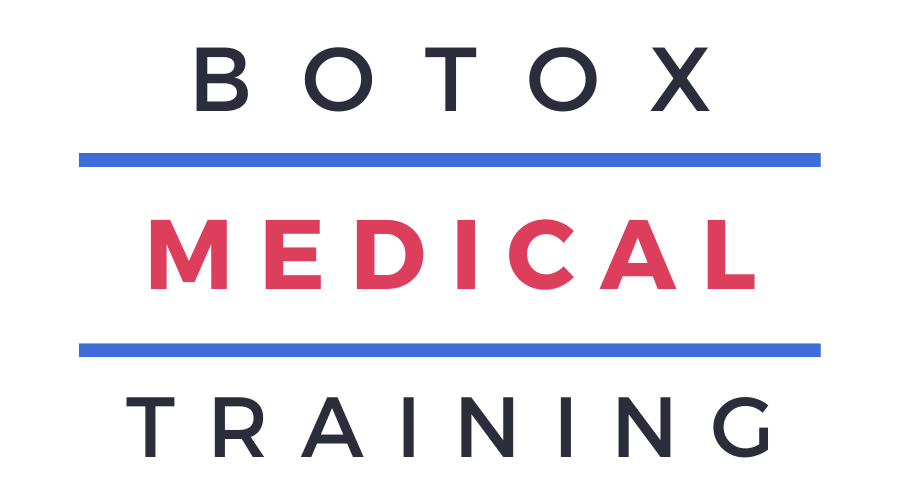
Understanding the Costs of Fuel Delivery App Development
- Nov 06, 2024
- | 9
Fuel delivery apps are revolutionizing the way customers get fuel, offering convenience similar to food delivery apps. These apps allow users to order fuel at their location, which is ideal for businesses with large fleets and individual users alike. However, developing a fuel delivery app involves various costs and complexities. In this article, we will explore the different factors influencing the cost of fuel delivery app development, providing a comprehensive guide for those considering entering this market.
Key Factors Affecting Fuel Delivery App Development Costs
When developing a fuel delivery app, several key factors influence the cost. From basic functionalities to backend infrastructure, each component adds to the overall development budget. Here’s a breakdown of the primary factors:
1. Core Features and Functionalities of the App
A fuel delivery app typically requires features that meet the needs of both customers and operators. Here are essential components that affect development costs:
- User Profiles and Registration: Basic user registration, with options for social media login, can cost relatively less. However, secure registration with email and phone number verification adds to the development cost.
- Real-Time Location Tracking: One of the primary functionalities, real-time location tracking, enables users to monitor fuel delivery in real-time. Integrating Google Maps or another GPS service incurs additional fees.
- Fuel Selection and Pricing: Users need options to choose fuel types and see updated pricing based on location. Implementing this feature involves building an advanced product catalog and integrating it with pricing databases.
- Payment Integration: Secure and diverse payment options, such as credit/debit cards, digital wallets, and net banking, are essential. Payment gateway integration (like Stripe or PayPal) adds to the cost due to security protocols like PCI-DSS compliance.
- Order History and Invoices: Providing users access to order history, invoices, and purchase summaries improves user experience. This feature requires a robust backend system to store and manage records.
- Notifications and Alerts: Push notifications help keep customers informed about order updates. While basic notifications are relatively low-cost, personalized notifications can increase development expenses.
- Admin Panel for Management: An admin panel enables app administrators to manage orders, monitor drivers, and resolve customer issues. This component is critical for fuel delivery apps and adds significantly to the cost.
2. UI/UX Design and User Experience
A smooth, user-friendly interface is critical to the success of any app, particularly in on-demand services. Designing a fuel delivery app with an intuitive and visually appealing interface can involve substantial expenses. Elements like iconography, transitions, and seamless navigation all impact the cost of development. The more sophisticated the design, the higher the investment required.
3. Platform Selection: iOS, Android, or Both
Choosing the platform (iOS, Android, or both) for the app can impact development costs. For startups or small businesses, starting with one platform might be more affordable, though launching on both iOS and Android ensures greater reach. Developing a cross-platform app using frameworks like Flutter or React Native may help save costs but could compromise performance slightly compared to native apps.
4. Backend Infrastructure and Database Management
A reliable backend is essential for storing user information, order details, and tracking delivery personnel. Backend development involves setting up a database, building APIs, and integrating with third-party services, all of which contribute to the app’s cost. Opting for cloud services like AWS or Google Cloud can reduce the expenses associated with maintaining servers and databases.
5. Third-Party Integrations
Integrating third-party APIs for location tracking, payment gateways, or customer support will also increase development costs. Each integration comes with licensing or usage fees, which should be factored into the overall budget. Moreover, third-party tools must align with the app’s security standards, which may require additional development time.
6. Security Features and Compliance
Given that fuel delivery involves both financial transactions and hazardous materials, security is paramount. Implementing features like end-to-end encryption, multi-factor authentication, and data compliance (e.g., GDPR) safeguards both users and operators. Adhering to these security standards may increase costs, but it is necessary to build user trust and ensure regulatory compliance.
7. Testing and Quality Assurance (QA)
Thorough testing is critical to ensuring the app performs well across various devices, platforms, and conditions. Testing covers functionality, usability, security, and performance. QA teams may conduct manual and automated testing to detect bugs and optimize user experience. The cost of testing typically correlates with the complexity of the app, with higher-end testing services increasing the overall development expenses.
Typical Development Stages and Cost Breakdown
Fuel delivery app development usually follows a series of stages, each contributing to the total cost:
-
Discovery and Research Phase: This initial stage involves market research, competitor analysis, and feature planning. It generally takes 1-2 weeks and can cost between $5,000 and $10,000, depending on the depth of analysis required.
-
UI/UX Design: The design phase includes wireframing, prototyping, and creating the final design. Expect design costs to range from $10,000 to $20,000.
-
Frontend and Backend Development: The core of development, this stage can last several months. Frontend development costs approximately $20,000 to $40,000, while backend development may cost an additional $30,000 to $60,000.
-
Third-Party Integration: Adding essential integrations, such as payment gateways, GPS, and customer support tools, can cost between $10,000 and $20,000.
-
Testing and QA: QA testing can cost around $5,000 to $15,000, depending on the scope and complexity.
-
Deployment and Launch: The final step, deployment, involves launching the app on app stores, which may cost around $2,000 to $5,000.
Total Estimated Cost: On average, developing a fuel delivery app can cost anywhere from $80,000 to $150,000, depending on the app’s complexity and required features.
Cost-Saving Tips for Fuel Delivery App Development
Developing a feature-rich fuel delivery app can be costly, but there are ways to manage expenses effectively:
- Start with an MVP (Minimum Viable Product): Building an MVP allows you to test essential features in the market and gather user feedback, which can guide future development and reduce unnecessary costs.
- Consider Cross-Platform Development: Opting for cross-platform frameworks like Flutter can save costs compared to developing separate native apps for iOS and Android.
- Outsource Development to Skilled Teams: Outsourcing to experienced teams in regions with competitive rates (e.g., Eastern Europe or Southeast Asia) can lower costs without compromising quality.
- Implement Essential Features First: Focus on must-have features initially and plan additional functionalities for later updates.
Conclusion
Developing a fuel delivery app requires significant investment, especially if you aim to include advanced features and robust backend infrastructure. The cost largely depends on the desired features, the platform, third-party integrations, and security requirements. By carefully selecting features, optimizing design, and potentially outsourcing parts of the project, businesses can manage costs effectively.
Fuel delivery apps are in high demand due to their convenience, making them a promising investment. With proper planning and a realistic budget, companies can develop a fuel delivery app that offers a seamless user experience and stands out in the market.
Frequently Asked Questions (FAQs)
1. How much does it cost to develop a fuel delivery app?
The cost of developing a fuel delivery app generally ranges from $80,000 to $150,000, depending on the app's features, complexity, and platform requirements.
2. How long does it take to develop a fuel delivery app?
On average, it takes between 4 to 6 months to develop a fully functional fuel delivery app, though this can vary based on the development team and app requirements.
3. What are the key features of a fuel delivery app?
Key features include real-time location tracking, fuel selection and pricing, payment integration, notifications, order history, and an admin panel for managing deliveries.
4. Can I save costs by using cross-platform development?
Yes, using cross-platform frameworks like Flutter or React Native can reduce costs by allowing a single codebase for both iOS and Android, though it may slightly impact performance compared to native apps.
5. What security features are necessary for a fuel delivery app?
Essential security features include data encryption, multi-factor authentication, and compliance with regulatory standards like PCI-DSS for payment security and GDPR for data privacy.



.jpg)
